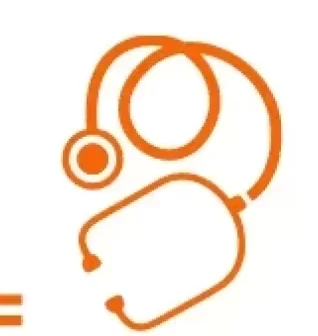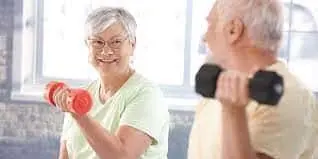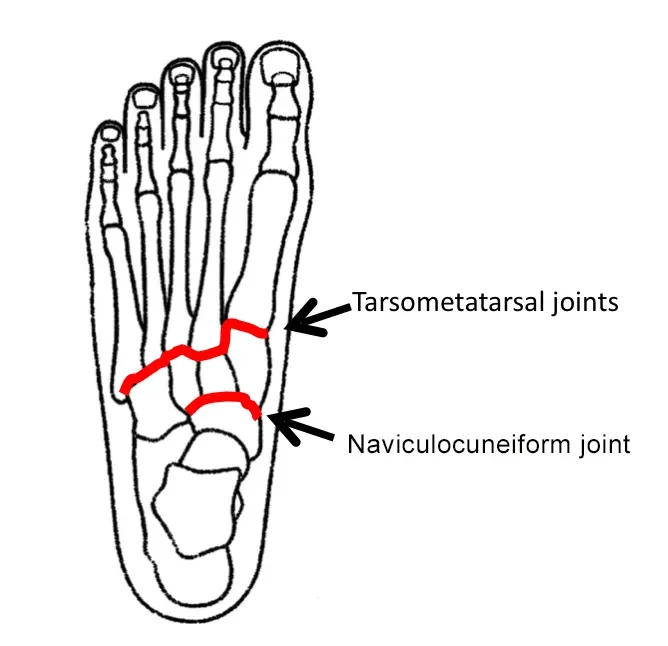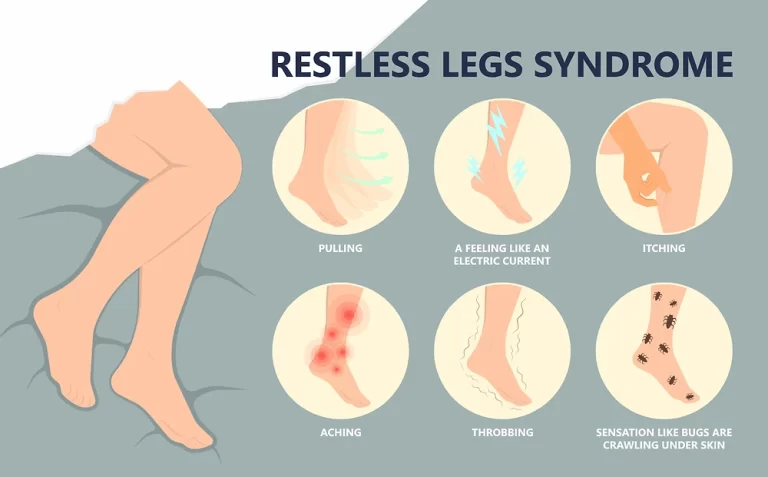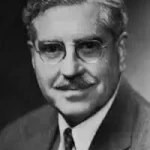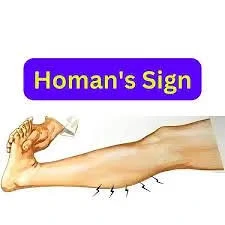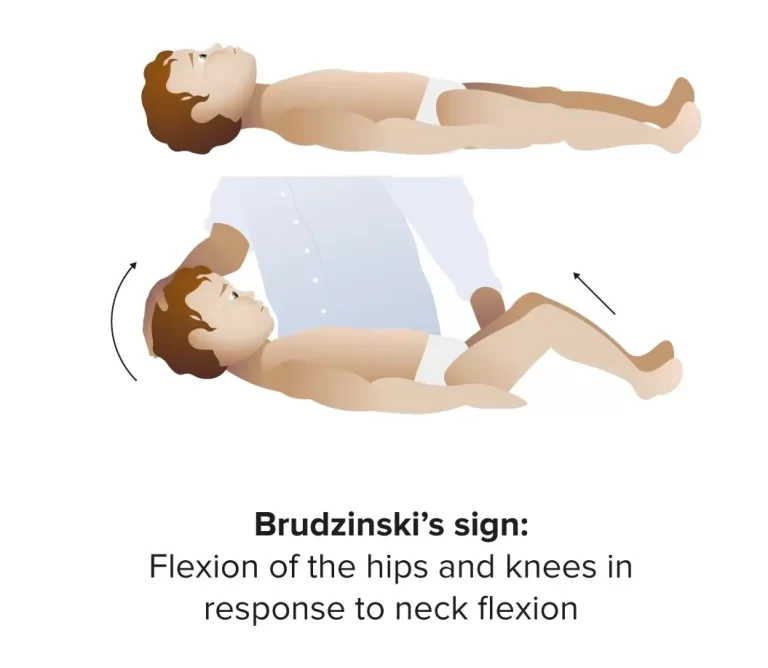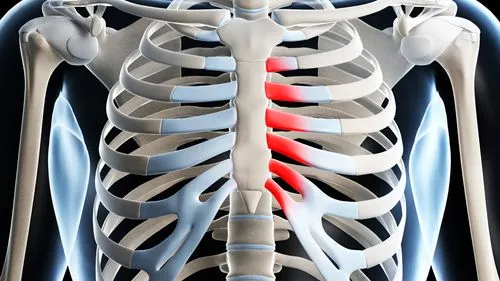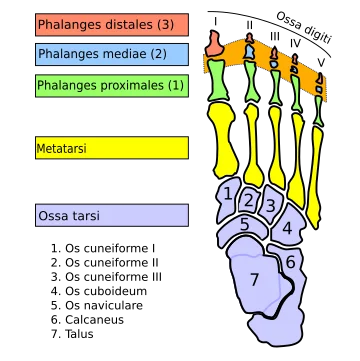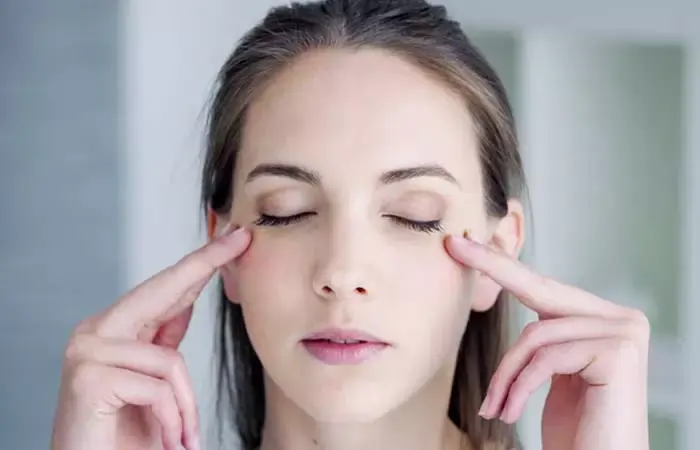Amputation
Definition of Amputation: Amputation is the surgical removal of a limb or part of a limb, often performed to treat severe injury, infection, disease (such as diabetes or peripheral artery disease), or certain cancers. It can also be a result of traumatic events. Rehabilitation, including physical therapy and the use of prosthetics, plays a crucial…
